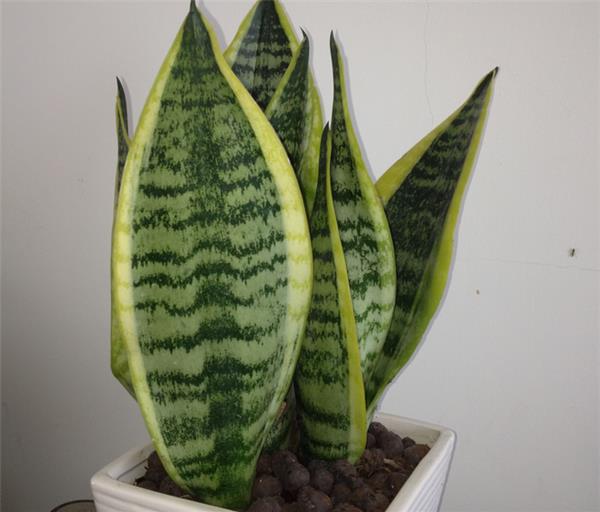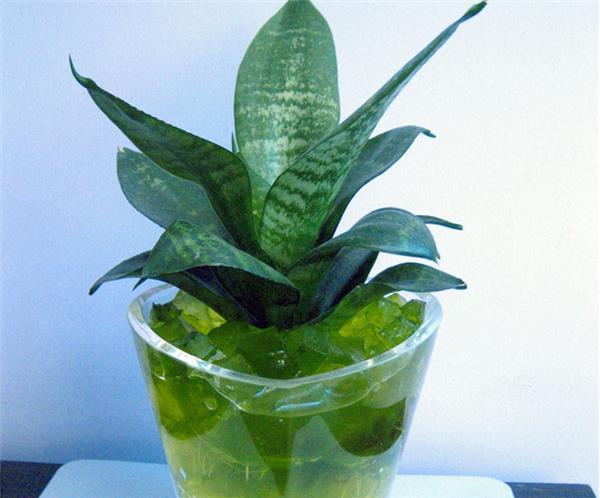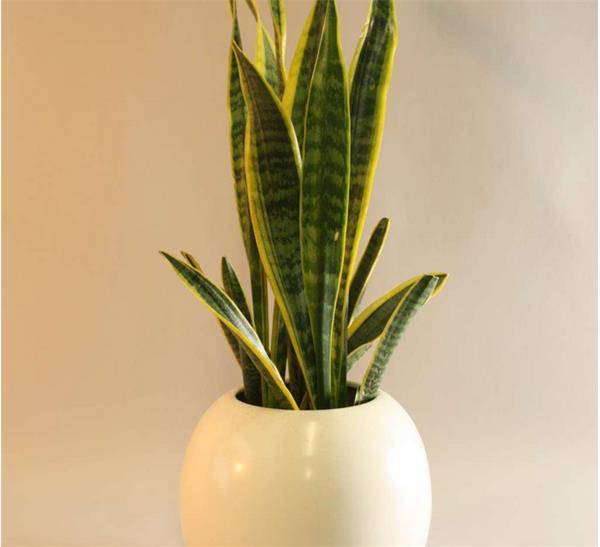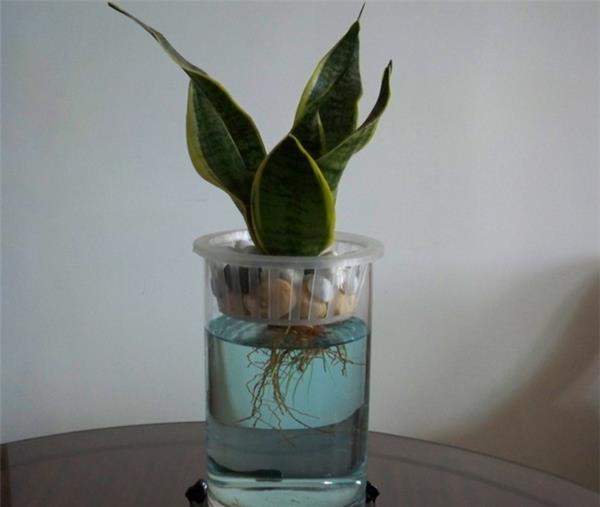Is tiger tail orchid poisonous?
Is the tiger tail orchid poisonous? This is a very disturbing problem for many friends who like to grow flowers. Let's briefly introduce this problem to you.

Is tiger tail orchid poisonous?
Tiger tail orchid is non-toxic, put tiger tail orchid in the home, not only can play an ornamental role, but also can absorb formaldehyde and other harmful substances in the house, reducing its harm to the family. Especially after newly decorated houses or newly purchased furniture, the effect is more obvious.
Tiger tail orchid does no harm to the human body and is conducive to improving the city's environment, but its flowers are not well understood, and it is rarely heard that tiger tail orchid blossoms, but the smell of this flower is not good, no matter whether it is harmful or not, it doesn't smell good. You'd better put it on the balcony during flowering and put it in the house after the flowering period.
Tiger tail orchid is non-toxic. NASA scientists have found that tiger tail orchid can release oxygen while absorbing carbon dioxide, increasing the concentration of negative ions in the indoor air. Tiger tail orchid is a natural scavenger. Studies have shown that tiger tail orchid can absorb more than 80% of indoor harmful gases.

Can I put the tiger tail orchid in the bedroom?
Tiger tail orchid leaves are firm and upright, with gray-white and dark green tiger-tail stripes, resolute posture, strange and interesting. It has many varieties, great changes in plant shape and leaf color, exquisite and chic. It has a strong ability to adapt to the environment, is a kind of indomitable plant, widely cultivated and used, and is a common potted foliage plant at home. Suitable for decorating study, living room and office space for a long time to enjoy. Put the tiger tail orchid in the home, in addition to playing an ornamental role, but also can absorb formaldehyde and other harmful substances in the house, reducing its harm to the family. Especially after newly decorated houses or newly purchased furniture, the effect is more obvious.
It is suggested that we put more green plants indoors to alleviate the harm of cations to the human body and promote the regulation of anions on human health. According to the investigation and comparison of the number of anions produced by various plants, botanists found that tiger tail orchid is the most suitable indoor, because it produces more than 30 times more anions than other plants! It is not only an "expert" in producing anions, but also can effectively absorb carbon dioxide at night and remove harmful gases such as toluene from the air. Breeding tiger tail orchid can not only purify the indoor environment, but also bring you more oxygen and keep the indoor air clean and healthy.
Among them, the stomata on the fleshy stem of Phnom Penh closed during the day and opened at night, releasing negative ions. In an indoor space of 15 square meters, 2-3 pots of Phnom Penh tiger tail orchids are placed, which can absorb more than 80% of the harmful gases in the room.

The culture method of tiger tail orchid
I. the choice of soil
The pot soil for planting tiger tail orchid should be breathable. Therefore, when planting tiger tail orchid, it is best to mix with 2/3 rotten leaf soil and 1/3 garden soil. Do not use all impervious clay or sandy soil, this kind of soil after watering, the water is not easy to evaporate, the rhizome is easy to rot.
II. Methods of planting
Cymbidium is a follow-up plant. Ten individual plants are planted in a flowerpot with an inner diameter of 40cm, and a full pot can be harvested after a year. When planting, first put part of the soil under the basin, and then start planting from one side of the basin, grasp the distance between individual plants, and ensure that flowers are evenly planted in the basin.

III. Daily management
Tiger tail orchid like light, can be placed directly in the direct sunlight, if indoor conditions do not allow, can also be placed in a place closer to the sun. Due to the better permeability of the soil, water is watered every 3-5 days in spring, summer and autumn, and every 7-10 days in winter. If the indoor temperature is higher in winter, the watering time can be shortened.
In summer, the germination rate and new leaves grow faster. When the basin is full, the old leaves can be removed along the roots with scissors, so that the new leaves can fully get light exposure and growth space.
In general, pots should be changed every two years in order to remove old roots and leaves, change some new soil to increase nutrients in the soil, and keep the whole pot of flowers fresh and beautiful.
Related
- Wuhan Hospital Iron Tree Blooming Result Was Instantly Frightened by the Gardener Master
- Which variety of camellia is the most fragrant and best? Which one do you like best?
- What is the small blue coat, the breeding methods and matters needing attention of the succulent plant
- Dormancy time and maintenance management of succulent plants during dormancy
- Minas succulent how to raise, Minas succulent plant pictures
- What are the varieties of winter succulent plants
- How to raise succulent plants in twelve rolls? let's take a look at some experience of breeding twelve rolls.
- Attention should be paid to water control for succulent plants during dormant period (winter and summer)
- Watering experience of twelve rolls of succulent plants
- Techniques for fertilizing succulent plants. An article will let you know how to fertilize succulent plants.



